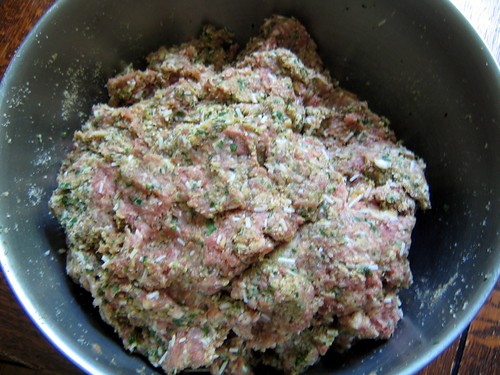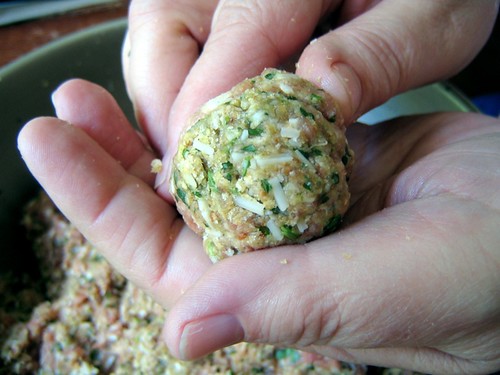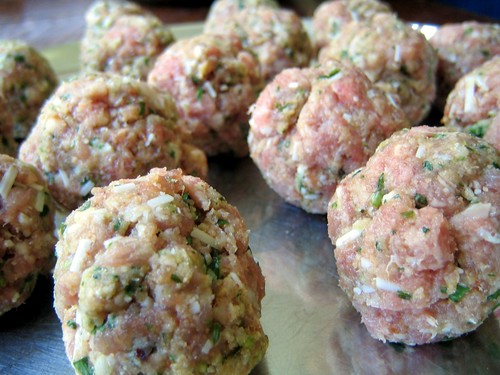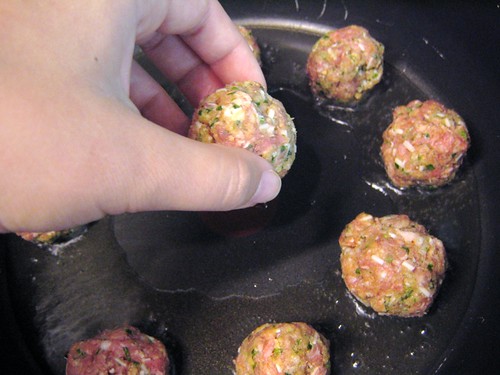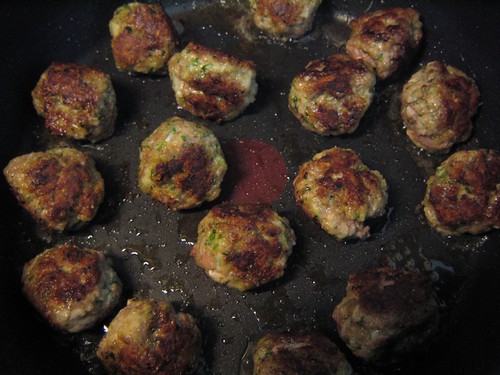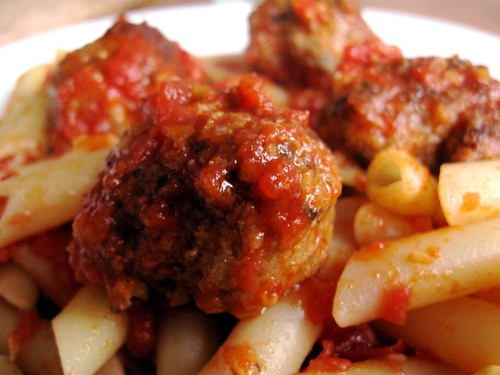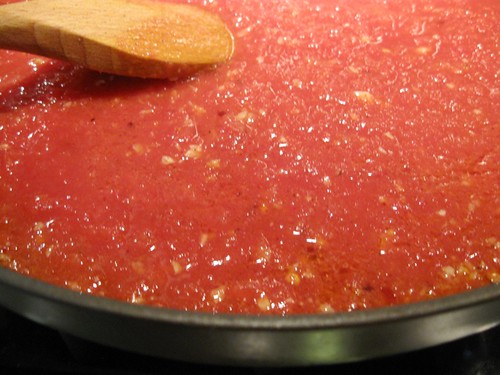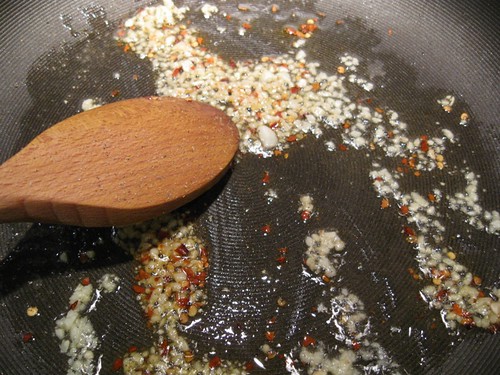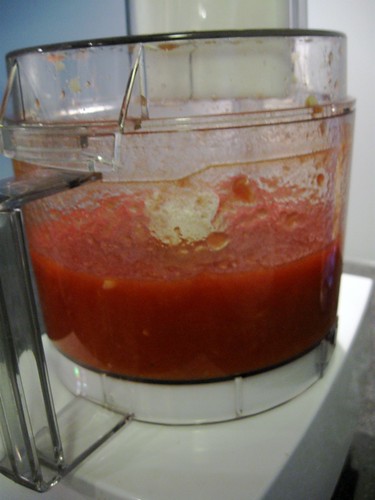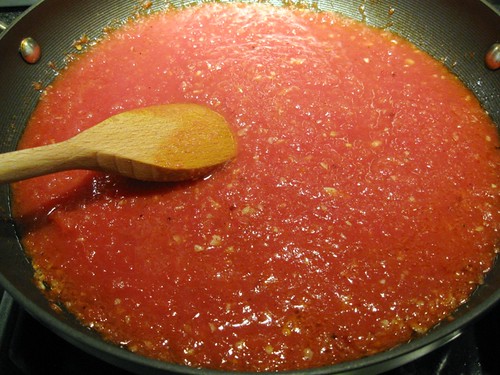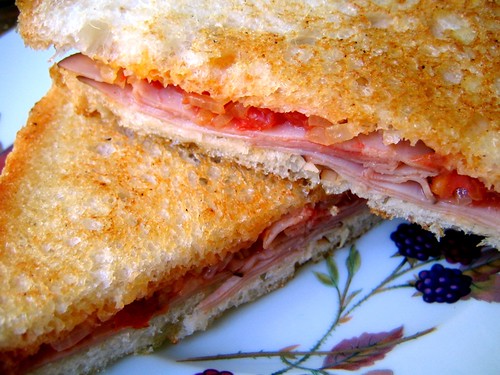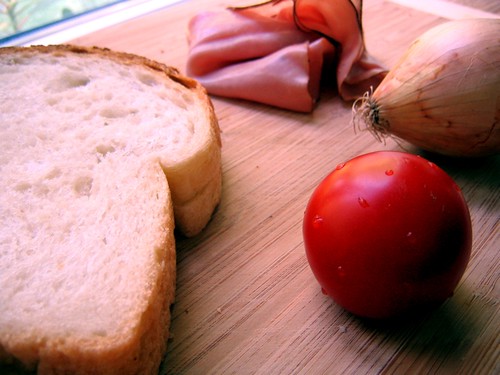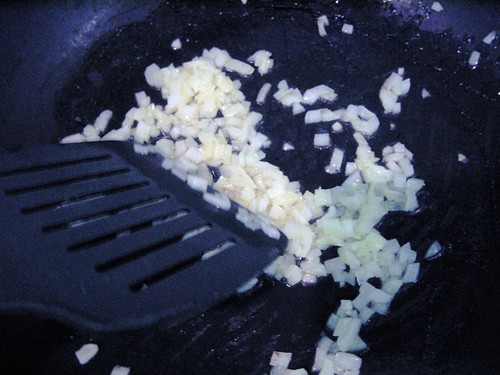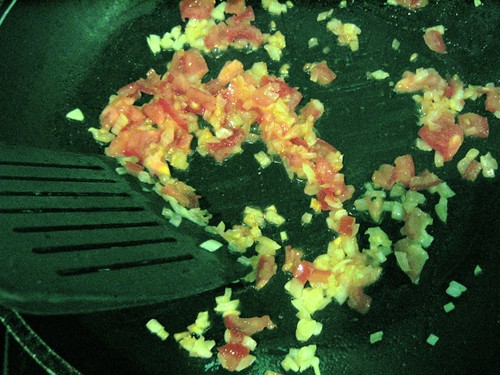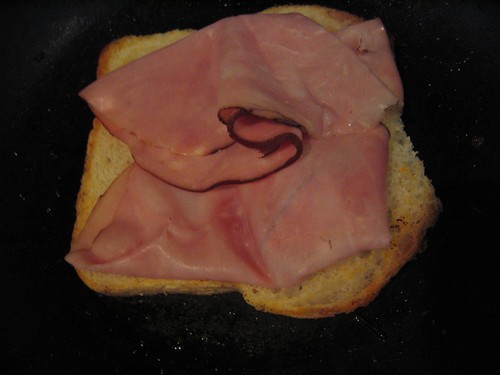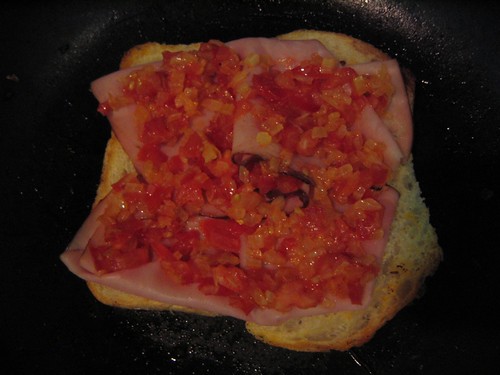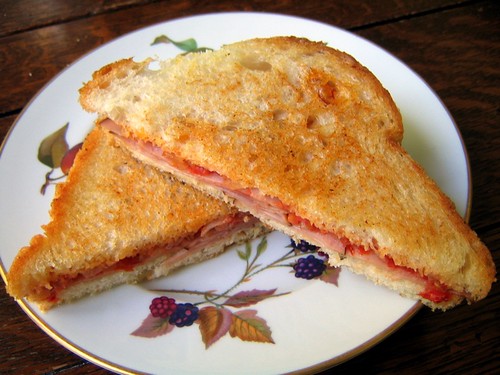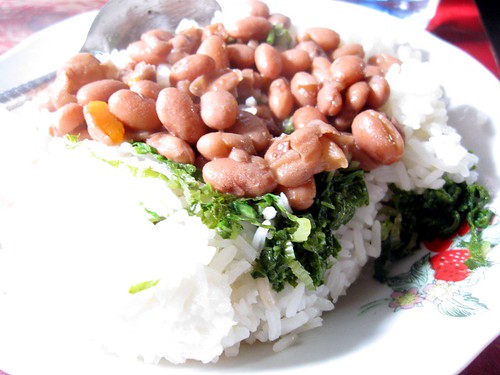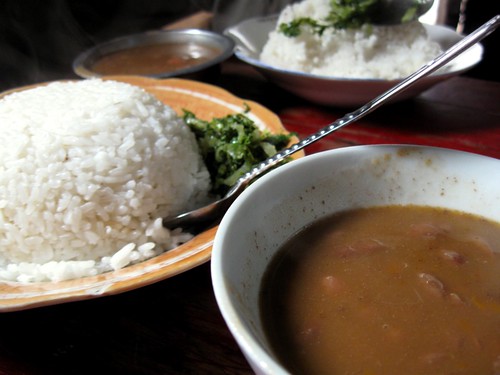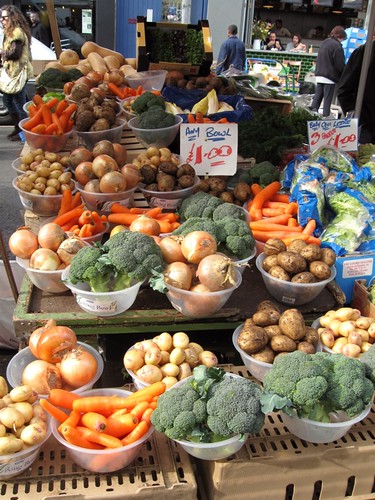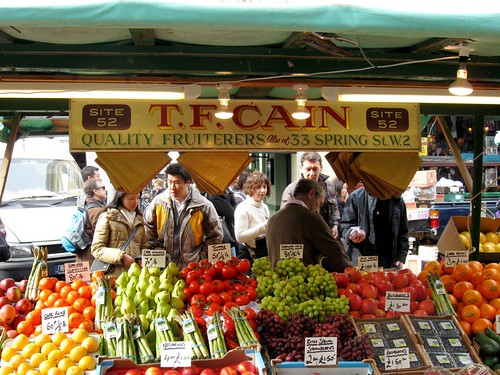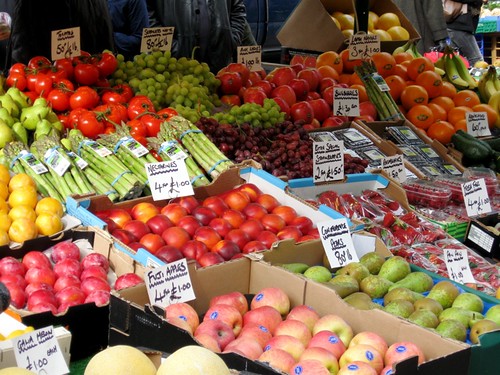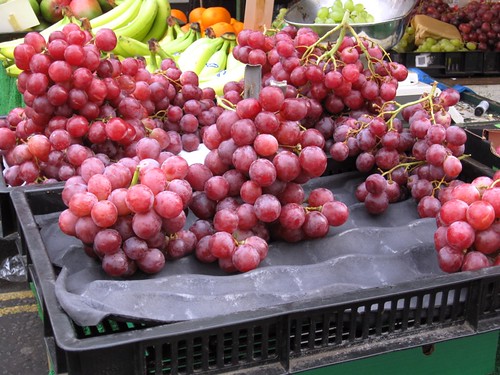From March 31st to April 6th, I waddled up, and then back down, Mount Kilimanjaro, Africa's tallest mountain. Kilimanjaro, standing tall at 19,341ft (5,895m) is also the world's largest free standing volcano.

I took the Machame route up the mountain. The Machame route has five camps on the ascent: Machame Hut, Shira Hut, Barranco, Karranga and finally the base camp, Barafu. The first two days the ascent is fairly steep. The following three days we followed the philosophy of "climb high, sleep low" as we traversed around the side of the mountain. During the day we climbed up as high as 4,600m, and then would climb down to sleep between 3,700-3950m which helped us to acclimatize.
Kilimanjaro is really amazing; in just a few days one gets to experience every climate from tropical to arctic. The best part about Kilimanjaro is that almost anyone can climb it, well, anyone who can handle the altitude. There is no technical climbing, no ropes, no crampons, no abseiling; a few scrambles here and there up and down rocks (the longest being the one hour climb up the great Barranco Wall) and some slippery gravel are about as difficult as it gets.
My best friends for the week were my walking poles, my water bottles, and my hand sanitizer. Ah yes, and lets not forget my wonderful guides, Adam and Dixon, and all of the porters who carried the gear and food. Adam, the head guide, runs a small company called
Ringo Expeditions. If you are planning a Kilimanjaro climb I urge you to contact Adam, whose first concern is your safety, the most important thing on a climb to such high altitude. Adam and Dixon strategically, and quietly, looked for symptoms of altitude sickness. They also cleverly answered some questions vaguely, so that I didn't get worried about what is coming next in the climb. The porters were also pretty awesome, carrying up to 20kg's of gear, and whizzing past saying "pole, pole" (slowly, slowly) as I trudged along.

Going slowly on Kilimanjaro is important. If I had tried to race up the mountain, there would have been no way I would have made it. At the base camp, Barafu, the high altitude affects everything you do. I was out of breathe walking to the toilets (well, hole in the ground), rolling over in my sleeping bag, even trying to get my gear on prior to the final ascent!
The final ascent was more like self-torture than anything else. We left at 11:30pm. About three hours in I asked myself why on earth I was doing this climb to get to the top of Africa. It was very cold, extremely windy (I was literally getting blown over by the wind), and pitch dark. I had to give up my walking poles and put my hands in my pockets to try and warm up my fingers. I also spent time battling with my nose that was running like water; I felt drops dripping out of my nose and then watched them blow away in the light of my headlamp.

At 7:06am I reached the summit. A few quick photos (yes, I am holding on to the sign for dear life in this photo because of the wind) and then it was back down again. Three hours later I was back at the base camp, thankful for the opportunity to take a nap after the all night climb. I was in pretty okay shape except for my fingers which were kind of numb at the tips; little did I know it would take almost a month for the feeling to completely return!
But what of the food on Kilimanjaro? I kept wondering about this before I left. Perhaps it's different depending on which company you climb with, or how much you pay for a climb. But I'll tell you how our group ate.
The food was served in courses. Every day for breakfast we had some sort of porridge, followed by a fried egg and a sausage. Lunch was the most varied; sometimes it was a packed lunch which we took with us and ate halfway through the days climb, or sometimes we ate at the next campsite. Packed lunches included a juice box, hard boiled egg, a piece of fried chicken, cookies, some sort of sandwich or other carb, and always a couple of bananas. I actually think bananas must be free in Tanzania... I've never seen (or eaten) so many bananas in my life!
Snack time was always my favorite time of the day. Unfortunately at high altitude one's appetite shrinks, or diminishes completely, but that's why snack time was so good; it's easy to force down some popcorn and nuts even when you are not that hungry.
Dinner, like breakfast, was served in courses. First there was always soup with some sort of bread, often something similar to a chappathi. The next course was the main event, some sort of stew (vegetarian after the first day or so since there was no refrigeration) served with a starch (potatoes, rice or pasta) and a vegetable. Dessert was usually fruit. Also, at every meal there was always hot water, for tea, coffee, and hot chocolate.

As my appetite shrank, I found I was able to eat a lot more if I put hot sauce on everything. I really like hot sauce of any description (see my
Red Hot post), but if you decide to go on a Kili climb I would recommend bringing along something you really like, whether it be HP sauce, BBQ sauce, mayo, ketchup etc. I also found that it was really easy to eat the highly caloric foods, like fried potatoes. Even at base camp, I managed to be a member of the clean plate club because we had fried potatoes for lunch. I can't stress to you how important it is to eat and drink as much as possible while climbing Kili; you need 4-5 liters of water per day, and enough food to keep you energized while you climb.
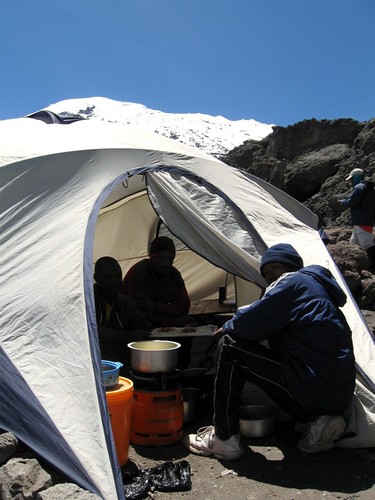
The porters cooked the food on the fringe of their tent. They cooked on a single gas burner between the outside and inside lining of the tent. Because it's very cold in the evenings on Kili they often had the outside lining to the tent shut as well, but in the photo I have taken the flap is open so that you can get a good idea of how things were situated. If you look closely at the photo below you can also see a little table off to the right where I ate my meals. Cooking takes plenty of time at high altitude, and it's not to be laughed at that the porters had to boil all of my water every day.

Climbing Kilimanjaro was both challenging and rewarding. I don't think it was until a few weeks later when I was back in America that I fully appreciated what an amazing thing I had just done.

